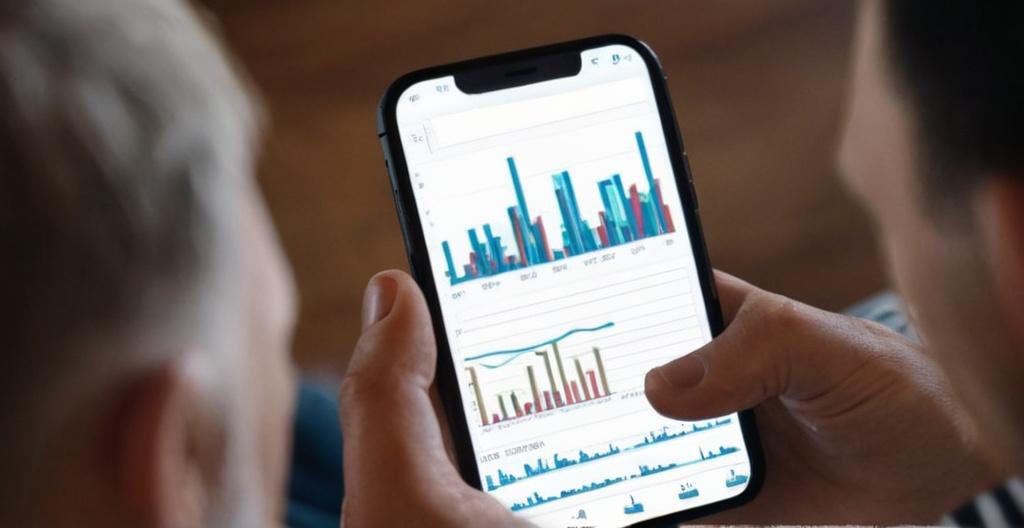Key Take Aways About Distributed ledger systems
- Distributed ledgers, like Blockchain, offer transparency, security, and speed in trading.
- Improve real-time data quality and integrity, enhancing trading decisions.
- Smart contracts enable automated trading, reducing errors and time delays.
- Examples include ASX using Blockchain to replace existing systems for faster transactions.
- Cryptocurrencies use distributed ledgers, making markets take them seriously.
- Challenges include high energy use, regulatory complexities, and varying adoption rates.
- Potential to disrupt and transform financial systems is significant.

Distributed Ledger Systems in Trading
Distributed ledger systems, like Blockchain, have been creating quite the buzz in the trading and financial sectors. While some folks think these are just fancy buzzwords, they really hold some promise in changing how we see finance. Imagine the typical ledger but without a central authority. It’s kind of like a massive shared spreadsheet that everyone on the network can see and agree upon. No middleman here, my friend. But what does that mean for trading, exactly?
Impact on Trading and Charts
Trading, at its core, loves data. Traders crave that sweet, sweet information to make informed decisions. Enter distributed ledger systems, the new kid on the block that promises transparency, security, and speed. When you’re dealing with stocks, bonds, or even that enticing crypto portfolio, having a secure and transparent system can be a game-changer. Distributed ledgers bring a layer of trust and accountability that’s typically associated only with face-to-face trading.
So, how do they impact our beloved charts? In short, they can enhance the real-time data quality. No more waiting for confirmation or worrying about data integrity. You’d have your data straight from the source, with everyone’s consensus backing it up. It’s like having a backstage pass to the coolest data concert ever.
Smart Contracts and Automation
A neat sidekick feature of distributed ledgers is the smart contract. These automated agreements just sit on the ledger, waiting to do their thing without any human intervention once the conditions are met. It’s as if your contracts woke up, got a cup of java, and started working! This capability can automate and streamline trading processes, reducing time and potential errors. Imagine trades executing automatically, based on predefined criteria. It’s like having a reliable autopilot set to ‘profit mode.’
Case Study: Blockchain in Stock Trading
Take the stock market, for instance. It’s not just about buying low and selling high. You have clearinghouses, brokers, and all sorts of middlemen making it happen. Blockchain offers a way to cut down on the red tape. Take the Australian Securities Exchange (ASX), for example. They are giving Blockchain a whirl to see if it can replace their existing system. No more waiting days for transaction settlement. It’s like teleporting your trades instantly across the market.
Crypto Assets: The Early Adopters
Cryptocurrencies have been at the forefront of using distributed ledgers. The days of crypto being a niche interest are long gone. Markets now take them seriously, thanks partly to the sturdiness of distributed ledger technology. Remember the first time Bitcoin touched $1,000, and we all thought it was the stuff of myths? Fast forward to now, and it’s a headline staple. When you trade cryptos, the very foundation you’re standing on is a distributed ledger, ensuring things don’t go haywire.
Challenges and Considerations
Now, not to be a downer, but every tech has a few growing pains. Distributed ledgers need a lot of computing power and, let’s face it, energy. That can be a sticking point. Plus, their decentralized nature means they’re harder to regulate, and finance loves its regulations like peanut butter loves jelly. Traders need to balance the perks of transparency and efficiency with the potential downsides of energy consumption and regulatory gray areas—a bit of a juggling act.
There’s also the question of adoption. A seasoned trader might wonder: is my favorite stock exchange going to use this tech anytime soon? Adoption rates across traditional financial institutions may vary, and the old school doesn’t always like to rush into the new school of thought.
Conclusion
Distributed ledger systems are poking the financial bear with a pointy stick. They’re offering more than just a new way to do things; they’re offering a new way to think about trading, charts, and financial data. While not without challenges, their potential for disruption is undeniable. Just picture a world where your trades and data don’t have to play telephone through a dozen different stations before they make it to their final destination. Trading might just get a lot more direct, transparent, and—dare we say it—fun.